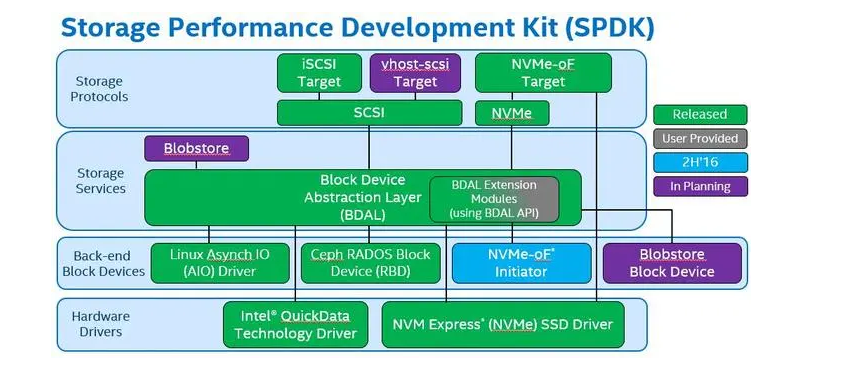在C++中进行视频或音频解码时,设置合适的解码参数可以提高解码质量和性能。虽然具体的设置依赖于所使用的库(如 FFmpeg、libavcodec 等),下面提供一些通用的建议和代码示例,以帮助实现“丝滑”解码效果。
使用 FFmpeg 解码视频
如果你在使用 FFmpeg 进行视频解码,可以通过调整以下几个参数来优化解码过程:
- 缓冲区大小:增加输入和输出缓冲区大小。
- 线程数:启用多线程以提高性能。
- 帧率控制:根据需要控制帧率以确保流畅播放。
- 硬件加速:使用 GPU 加速(如果可用)。
示例代码
以下是一个简单的FFmpeg解码示例,该示例展示如何设置一些参数:
extern "C" {
#include <libavformat/avformat.h>
#include <libavcodec/avcodec.h>
}
void decode(const char* filename) {
av_register_all();
AVFormatContext* formatContext = nullptr;
if (avformat_open_input(&formatContext, filename, nullptr, nullptr) < 0) {
fprintf(stderr, "Could not open source file %s\n", filename);
return;
}
if (avformat_find_stream_info(formatContext, nullptr) < 0) {
fprintf(stderr, "Could not find stream information\n");
return;
}
// Find the first video stream
int videoStreamIndex = -1;
for (unsigned int i = 0; i < formatContext->nb_streams; i++) {
if (formatContext->streams[i]->codecpar->codec_type == AVMEDIA_TYPE_VIDEO) {
videoStreamIndex = i;
break;
}
}
if (videoStreamIndex == -1) {
fprintf(stderr, "Could not find a video stream\n");
return;
}
// Get codec parameters and find decoder
AVCodecParameters* codecParams = formatContext->streams[videoStreamIndex]->codecpar;
AVCodec* codec = avcodec_find_decoder(codecParams->codec_id);
if (!codec) {
fprintf(stderr, "Unsupported codec!\n");
return;
}
// Allocate a codec context
AVCodecContext* codecContext = avcodec_alloc_context3(codec);
// Copy parameters to codec context
if (avcodec_parameters_to_context(codecContext, codecParams) < 0) {
fprintf(stderr, "Failed to copy codec parameters to context\n");
return;
}
// Optionally set decoding parameters for performance.
codecContext->thread_count = 8; // Use multiple threads for decoding
// Open the codec
if (avcodec_open2(codecContext, codec, nullptr) < 0) {
fprintf(stderr, "Could not open codec\n");
return;
}
// Read frames from the video file
AVPacket packet;
while (av_read_frame(formatContext, &packet) >= 0) {
if (packet.stream_index == videoStreamIndex) {
int response = avcodec_send_packet(codecContext, &packet);
if (response >= 0){
AVFrame* frame = av_frame_alloc();
response = avcodec_receive_frame(codecContext, frame);
if(response == 0){
// Successfully received a frame.
// Here you can process your frame or display it.
av_frame_free(&frame);
}
}
}
av_packet_unref(&packet);
}
// Clean up resources
avcodec_free_context(&codecContext);
avformat_close_input(&formatContext);
}
int main(int argc, char* argv[]) {
if(argc < 2){
printf("Please provide a media file.\n");
return -1;
}
decode(argv[1]);
return 0;
}
优化提示
- CPU/GPU 加速:如果你的硬件支持,可以考虑使用 NVDEC 或 Intel Quick Sync Video 等硬件加速方案,这样会显著提升性能并减少延迟。
- 降低延迟:确保你的缓冲策略尽量减少处理延迟,特别是在实时流媒体应用中。
- 算法优化:如果在视频后处理中有特定算法(如降噪、去块效应等),可以尝试不同的方法以达到更好的视觉效果。
这些只是一些基本设置,你可能需要根据具体应用场景进一步微调参数。如果有其他具体需求或者问题,请告诉我!
内容由零声教学AI助手提供,问题来源于学员提问






















